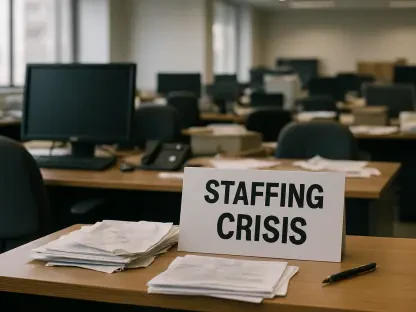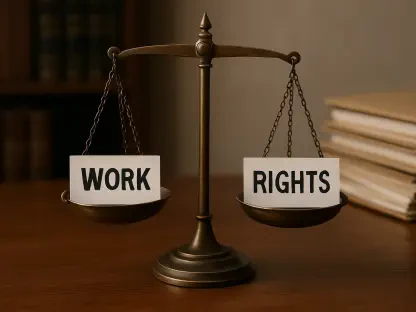The University of East Anglia (UEA) is currently embroiled in a contentious dispute with the University and College Union (UCU) over proposed compulsory redundancies amidst financial uncertainty. Faculty members, represented by the UCU, have initiated a series of strikes, the latest spanning nine days in May following previous walkouts. The union contends that the university’s administration has not ruled out forced layoffs despite many staff members leaving voluntarily. With around 30 individuals still at risk, the debate raises questions about financial management and security within the institution. This conflict emerges as a microcosm of a larger crisis facing UK higher education, with thousands of jobs potentially in jeopardy nationwide.
Background and Implications of the Strike
The Scale and Scope of the Redundancy Threat
The UCU’s dissatisfaction centers on the university’s intention to implement job cuts, despite ongoing reductions through voluntary departures and redeployment. Currently, about 30 positions hang in the balance, a seemingly small number that nonetheless signifies a looming threat to faculty morale and job security. These roles account for less than 10 full-time positions and represent a fraction—less than 0.25%—of UEA’s overall budget. Yet the symbolic weight of these threats has spurred faculty members into action, leading to escalating protests. Critics argue that UEA’s failure to categorically rule out compulsory layoffs undermines trust and stability among its staff. The union has put forward proposals that would purportedly save more than three times the cost associated with the threatened positions, highlighting a significant disconnect between the administration’s approach and the union’s perspective.
Broader Context in UK Higher Education
The conflict at UEA reflects a broader predicament within the UK higher education sector, where financial constraints and calls for budgetary reform threaten up to 10,000 jobs. This looming crisis forces educational institutions to navigate a complex landscape, balancing fiscal responsibility with a commitment to academic excellence and job security. In this environment, transparency and dialogue between university management and faculty unions becomes vital. UEA, however, has faced criticism for its lack of openness in financial dealings, leaving staff skeptical about the institution’s future and their place within it. The strike action at UEA not only underscores the immediate tensions but also serves as a warning sign of potential disruptions that might affect other universities facing similar fiscal challenges.
Responses and Reactions
UCU’s Position and Leadership
UCU’s leadership, notably General Secretary Jo Grady, has openly condemned UEA’s management for what it perceives as an inflexible stance on redundancy threats. The union’s frustration stems from what it views as the administration’s unwillingness to engage in sincere dialogue, opting instead to leave redundancy threats lingering as an option. Grady’s call to action emphasizes the necessity of retracting these threats entirely and proactively engaging in discussions to mitigate financial strain. The union’s strategy underscores a demand for not just immediate solutions, but also long-term commitments to protect job security for faculty members across the board. The strong response from UCU members, evidenced by an 86% vote in favor of strike action earlier in the year, signifies robust discontent and a united front in the face of administrative inaction.
UEA’s Position and Strategy
For its part, UEA’s management has expressed regret over the disruption caused by the strikes but remains focused on maintaining its financial stability to safeguard students’ educational experiences. The university insists on the necessity of securing its financial future, alluding to broader market conditions that compel such difficult measures. While cognizant of the challenges faced by its staff, UEA continues to prioritize fiscal sustainability, which it argues is essential for upholding its academic standards. The dilemma for UEA is embodying a commitment to both financial diligence and the well-being of its faculty. The institution is tasked with navigating these dual imperatives without eroding the trust of its workforce or compromising its mission as an educational leader.
The Path Forward
Seeking Resolution and Long-term Solutions
The resolution of the current conflict between UEA and its faculty remains complex, hinging on effective communication and pragmatic strategies that address financial realities without undermining employee welfare. The situation compels both parties to seek innovative solutions that bridge gaps in understanding and expectations. As UEA looks to the future, fostering an environment of transparency and mutual respect with its faculty becomes pivotal. Encouraging open dialogue and considering union proposals can create avenues for cooperation, alleviating tensions and steering the university towards a sustainable and harmonious path.
Implications for the Future of Higher Education
The situation at UEA underscores a growing tension between university administrators and academic staff over managing financial resources and safeguarding jobs, reflecting larger systemic challenges across the higher education landscape in the UK. This confrontation is indicative of a broader crisis affecting UK higher education, where thousands of academic positions could be at risk nationwide.









